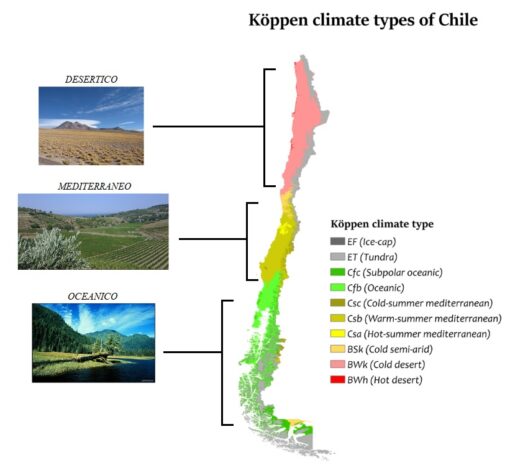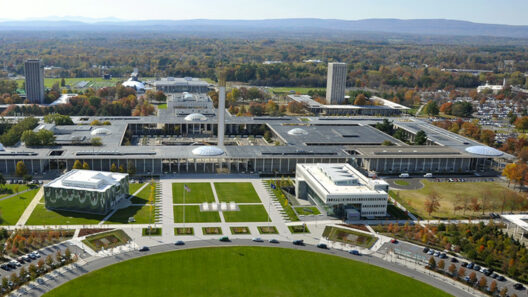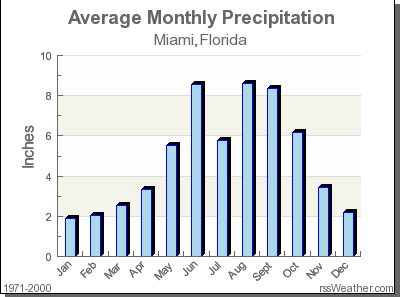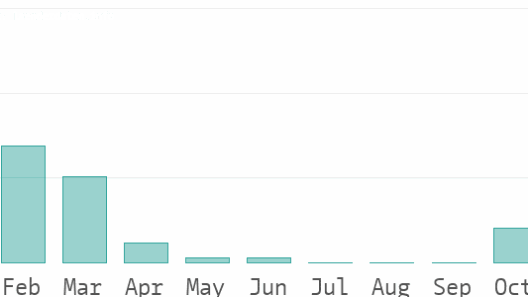As the effects of climate change become increasingly palpable, a specter known as “doomism” has emerged, capturing public imagination and inciting fervent debate. At its core, doomism represents a fatalistic viewpoint that suggests humanity is on a one-way path to disaster, and that efforts to mitigate climate change may be futile. This perspective can be alluring, especially in a world that often seems mired in apocalyptic rhetoric. However, a deep dive into this concept necessitates a critical examination of its implications, nuances, and potential consequences for collective action against climate change.
The prevalence of doomism channels a certain psychological inclination—one that thrives on fear and despair. It often manifests through narratives of irreparable damage, uninhabitable environments, and existential threats. These narratives, propagated through various media channels, can be compelling. They evoke strong emotions, especially among younger generations who perceive themselves as the inheritors of a fragile planet. The idea that “we are all going to die from climate change” simplifies a complex issue, reducing it to despair rather than understanding.
This deterministic view raises an important question: Are we truly in a “doom loop” where change is rendered impossible? To answer that, one must first understand the intricacies of climate science and human resilience. There exists overwhelming evidence that climate change poses a significant threat, eliciting dire forecasts from reputable scientific bodies. Sea levels are rising, ecosystems are collapsing, and extreme weather events are becoming more commonplace. Yet, juxtaposed against these threats is humanity’s remarkable capacity for adaptation and innovation. Historically, humans have faced numerous existential threats and have often emerged more resilient, utilizing ingenuity to mitigate crises.
It is crucial to explore how media portrayals of climate doom can influence public perception and mental health. This narrative of helplessness fosters not only anxiety and depression but also apathy. If individuals genuinely believe that efforts to enact change are in vain, the incentive to take action diminishes. Sinking into despair is all too easy; it is a seductive retreat from the responsibility that comes with awareness. By framing climate action as inherently futile, doomism inadvertently exonerates individuals and institutions from the imperative of change. This mindset shifts the burden of responsibility away from collective action toward an individualized sense of helplessness, hindering progress.
Furthermore, this culture of doomism can have tangible repercussions on policy and activism. Realistically, a narrative that promotes resignation can lead to voter disillusionment and obstruct meaningful legislation. Policymakers might feel less inclined to champion progressive climate policies when their constituents are steeped in despair. It creates a paradox where, rather than spurring action, the rhetoric of doom stifles it. The human psyche, when overwhelmed with a sense of futility, often defaults to a state of inaction, which is antithetical to what is truly needed: bold, concerted efforts and adaptive strategies that harness our collective agency.
Understanding the psychological ramifications of climate doomism also necessitates a closer analysis of the media’s role. Journalistic practices often prioritize sensationalism, which can distort public understanding of climate science. Headlines that scream of impending doom may garner attention, but they frequently lack the necessary context. Responsible journalism should strive to balance alarm with actionable information. Providing audiences with a clear understanding of both the risks and the feasible solutions encourages a constructive dialogue about climate action rather than surrendering to a cycle of fear. What we require is a reframing of the narrative—shifting focus from despair to empowerment.
Critics might argue that the existential threat of climate change cannot be overstated, and they are not necessarily wrong. The stakes are undeniably high. However, it is not an either/or scenario. One can recognize the gravity of climate change while fostering a sense of hope. This dichotomy must be articulated clearly. The conversation should evolve into one that is not defined solely by fear but instead identifies pathways toward mitigation and adaptability. The innovations in renewable energy, carbon capture technology, and sustainable agriculture represent just a fraction of the solutions available to us. Why not emphasize these advancements and galvanize society around them?
What we truly need now is a transformation in our collective mindset. Rather than wallowing in the despair of an uncertain future, we can choose to engage in meaningful actions that counterbalance our anxieties. Ideating solutions, fostering community, and investing in green technologies can be immensely galvanizing activities. These actions empower individuals and communities—fostering a shared sense of responsibility and camaraderie in the face of adversity. By aligning ourselves with a collective commitment to climate action, we can assert a narrative of resilience over defeatism.
In conclusion, while the threats posed by climate change are genuine and urgent, succumbing to doomism only serves to constrain our potential for positive change. Instead of allowing this pervasive narrative to dictate our fate, we should cultivate an outlook rooted in possibility. By weaving hope into the fabric of our responses to climate change, we can empower ourselves to not merely survive but to thrive and create a sustainable future for generations yet to come. The challenge is not insurmountable; it exists as an opportunity—a call to arms for collaboration and innovative action. Embrace this challenge, and together we can redefine what it means to confront climate change, turning despair into a catalyst for transformative action.




